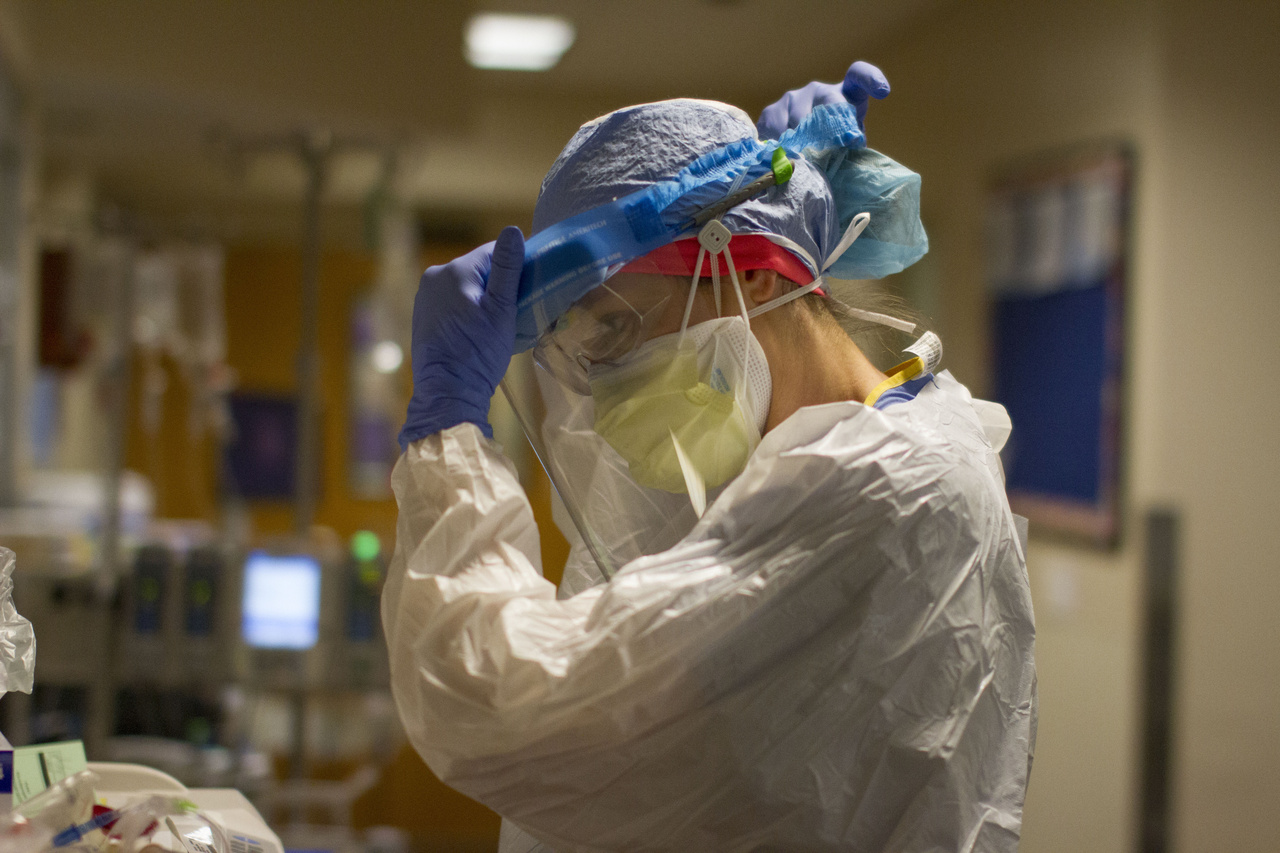Hospitals have been caught between costly preparations for a possible influx of COVID-19 patients and substantial revenue losses from the inability to provide elective surgeries and other service lines. Locally, hospital operators Baylor Scott & White and Tenet have announced layoffs and furloughs, with similar actions from other providers most likely on the way.
The return of patients is essential for hospitals’ financial health and for patients who have been putting off care, but many patients are fearful of catching COVID-19, which is still present even if it is not at predicted levels in North Texas. As hospitals balance the public health emergency and crippling financial interruption, having a plan to open up safely is critical.
“There is a feeling that hospitals made a bunch of money like grocery stores did, but that is not the case at all,” says Stephen Angelette, an associate with Polsinelli’s Health Care Alignment and Organizations practice group based in Dallas. “The bulk of revenue from elective surgeries and other services were sidelined because of COVID-19.”

The minds at Polsinelli have put together “A Playbook For Moving Forward” for hospitals, detailing strategies to replenish lost revenue and open back up while meeting the gating criteria set by the government.
First up is personal protective equipment and other protective gear. Hospitals need to ensure their supply is ample and manage supply lines to make sure staff and patients aren’t at risk. “COVID-19 remains an active risk, regardless of whether a hospital has treated any COVID-19 cases in its facilities. Careful attention must be paid to ensure adequate PPE, medical supplies and equipment before a hospital resumes any service lines,” the playbook reads. Conserving PPE and having an emergency plan if supplies get low are important as well.
Testing is the next piece of the puzzle. Accurate and frequent testing paired with other precautions can make sure patients and staff aren’t unknowingly spreading the virus. Testing patients can be tricky, as tests often have a turnaround of a few days or hours, so facilities need to make a plan to test patients before they come in for a procedure or appointment, but not so far in advance that patients may get exposed between the administration of the test and the appointment. Coming up with a clear policy that notifies all parties where the test is being done, how results are reported, and what patients should do while they wait is essential. Staff testing and screening should also be part of the plan, with effective quarantine and contact tracing in place if a positive test is determined.
Making sure the hospital is ready to continue normal business should there be a second wave of COVID-19 cases is also important. Hospitals need to make sure they have enough supplies, beds, and are ready to increase capacity if necessary. Providers should also establish an area that will not include COVID-19 patients, or a non COVID-19 care (NCC) zone. Designating a floor or wing, repurposing other clinical spaces, or moving patients to unused facilities are all ways to make sure patients are protected. Centers for Medicaid and Medicare have made this easier, waving requirements as to where patients receive care and opening up options for reimbursement for care administered in non-traditional settings.
Continuing to use telehealth where appropriate, embracing advance payments from CMS, and ensuring access to other financial aid can also help the hospital run effectively. Federal regulators have waived restrictions around licensure and telehealth, opening up options for care. “The federal government basically said all our rules are gone,”Angelette says. “Physicians can do telehealth over the phone, across state lines, or audio-visually, although state laws still apply.”
Utilizing non-hospital space for previous hospital functions, such as doing diagnostic work in an office building, can be another way hospitals can capitalize on relaxed restrictions. While the pandemic has made enormous cuts in hospital revenues across the country, the innovation taking place under the decreased regulations could be an opportunity to change the way healthcare functions moving forward. “This is a good opportunity for healthcare to experiment with what happens when we relax some of these rules,” Angelette says.
Read the full playbook here.






